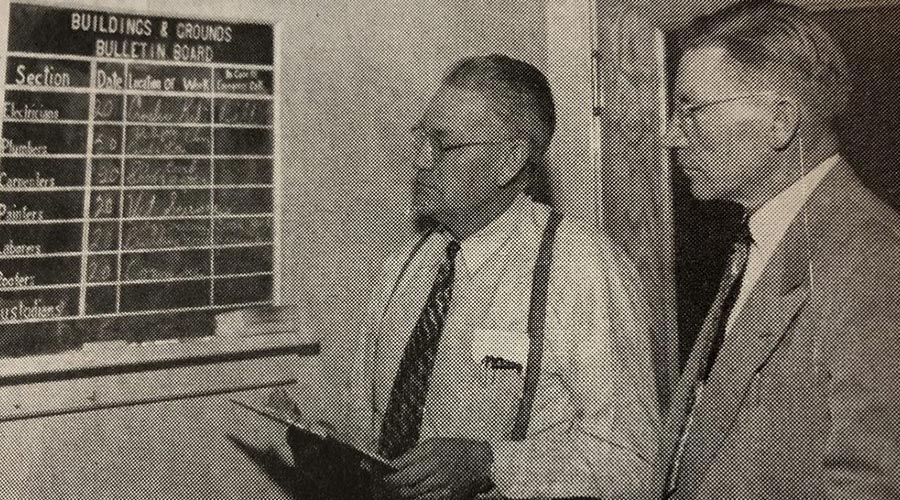Personal Solutions
Word watch, from ‘Slaptops’ to ‘Scope creep’
Feeling “undertooled” these days and a little bit intimidated by “Generation D”? The Buzzword-Compliant Dictionary published by BuzzWhack.com is dedicated to polishing your business communication skills — in meetings and "offline." Check out a sampling of the vocabulary of the 21st Century workplace:
offline: Primarily, it’s wherever you are when you’re not on the Internet. But now it has become an office catch phrase heard frequently in meetings. “That’s a great idea, but let’s deal with that offline after the meeting.”
scope creep: When a project grows after a contract has been signed. In the end, the vendor does more work than it gets paid for.
silos: Pockets of information isolated in one department of a company and not shared with other departments. Generally this is a limitation of technology, but it also can be the result of petty office politics.
slaptops: With technology being one of the leading causes of “desk rage,” victims are unleashing their frustrations by attacking their office PCs, aptly renamed slaptops.
thought leadership: Sounds very Orwellian, but it’s not. It’s what occurs during a meeting when someone states the obvious before anyone else can get it out.
undertooled: Lacking the proper tools to do the job — whether it's the correct wrench or a college degree. "Without an MBA, I’m undertooled for that position."
adhocracy: An organization with little structure run by creating a series of temporary cross-functional teams for specific tasks. Depending on execution, the result is either efficient, problem-solving or chaos.
A2O: Shorthand for comparing dissimilar things. "I'd disregard that. It was an A2O analysis."
Generation D: Unlike Generations X and Y, Generation D — for digital — is not determined by age. It is the group of people who are completely at ease with the digital revolution, whether they’re 8 or 80.
back-sourcing: When outsourcers fail to deliver quality, service or cost effectiveness, companies will bring the job back in-house. As in: “It’s time to back-source this one, because we've lost control of what we’re doing.”
Rethinking service: Who’s a customer?
Two business concepts — customer relationship management (CRM) and internal customer service — are signs of the times. CRM Today magazine defines CRM as a business strategy “that provides seamless integration of every area of business that touches the customer — marketing, sales, customer service and field support. Customer needs, habits and expectations are the primary driving force behind how an organization arranges its business processes, according to the publication.
The concept of internal customer service contends that if departments and people working within a given organization treat one another like “customers,” the external customer-service mission of the organization will be that much more effective.
The potential synergy between CRM and internal customer service is not lost on companies looking for ways to become even more customer-centric.
Both principles have become more popular in recent years, due to the increase in global business competition, a faltering world economy and the rise in commerce via the Internet. If technology is the great equalizer in the business world, service quality can be the primary way of gaining and holding on to a competitive edge in the marketplace.
It behooves maintenance and engineering managers to better understand the nuances of these two principles because:
- some aspect of either concept might apply to the inherent service aspects of the facility mission
- more people might buy into the value of quality service if they were able to link customer service efforts at the departmental level to the success of the organization as a whole.
Related Topics:











